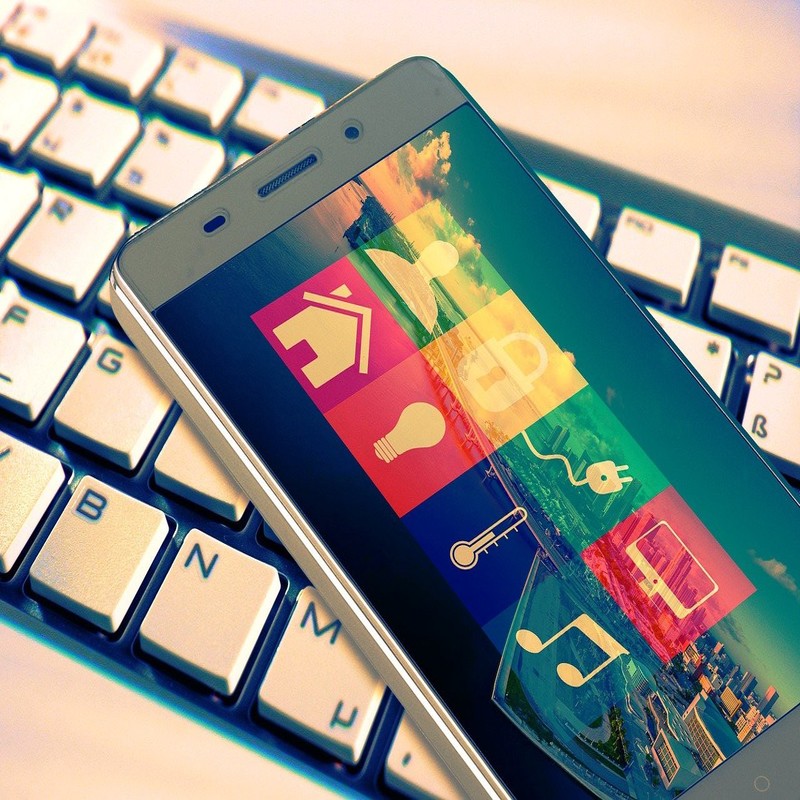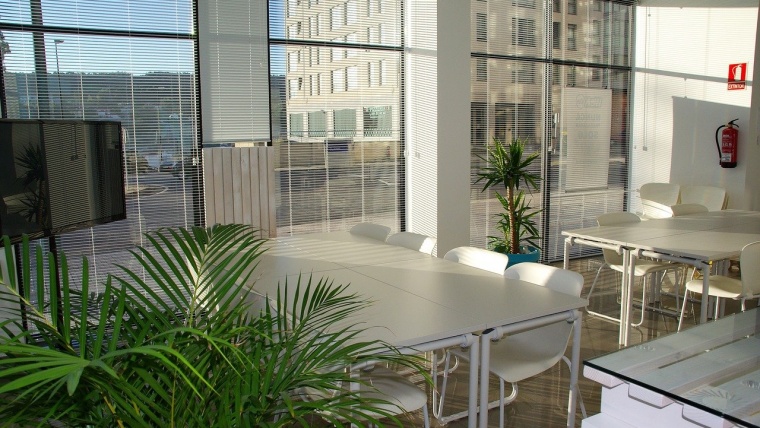Don’t you think that all the innovations and inventions made in recent years all serve a common purpose? We want everything in life to be much simpler and easier.
When we don’t feel like cooking, we think we wish we could hit a button and our meal was prepared on its own or maybe while waiting in traffic we question whether flying cars will ever be invented or not. Thoughts like these cross our minds daily. Although we have such dystopian (at least for now) thoughts, we see that most of the developments that we cannot keep up with are done step by step to facilitate our lives, our work, and human power. And it makes it easier. For example, thanks to an autonomous robot cleaner, our whole house is swept up and we don’t even have to get up from the couch. And for this reason, we can make the time we spend cleaning more efficient for us.

The Internet is a world that makes our life easier in every way, where we can reach everywhere and everything with a single click. For this reason, the internet has been integrated into all kinds of devices or objects in recent years, giving the objects we currently use a completely different dimension. The devices we use in all areas of our lives are now becoming smart devices. These devices can communicate with the internet infrastructure and can communicate and work together. These devices or objects are known as IoT, the Internet of Things. First used in a presentation by Kevin Ashton in 1999, the concept now appeals to a broad list from household appliances to smart cities.
Of course, the things that make our lives easier are not just the devices themselves. Creating smart environments together with smart devices also makes life easier in many different ways.
Here’s IoTWare, an engineering tool package that creates a smart space for you. IoTWare, which aims to provide convenience in more than one area by creating a smart field, has been prepared to speed up the design, development, engineering, commissioning, operation, and optimization stages required for the life cycle of a smart environment. This tool that produces IoT systems for you is not an IoT device itself. It addresses every stage of the life cycle and aims to serve more than one area.
IoTWare works to respond to the needs of the system by defining the operation of the systems and the tasks of different roles on this cycle, which is defined as the development life cycle, namely design-development-adaptation-setup-run-optimization. As in all cases, in these 5 different stages of the cycle, engineers and technicians have different tasks and a process they allocate for these tasks. In the design process, which is the first stage, a Field Engineer is responsible for designing the building blocks of the relevant field and system and their relationship with each other. During the development phase, a software engineer develops and implements the building blocks designed by the field engineer. The system engineer, on the other hand, brings together these building blocks by evaluating them according to the need during the adaptation phase and enables the transition from a general structure to a special structure. The technician completes the installation of the sensor by establishing the sensor-software relationship in the 4th stage, that is, the installation stage. Finally, during the operation phase, the Operator becomes ready to use the system.
IoTWare, which is a tool that can automatically produce IoT systems, is a tool that can realize this cycle, which is progressing gradually. IoTWare, which aims to interact with interaction areas, IoT devices, and systems that do not work towards the same goal or goals, accelerates stages by minimizing manual power and allows you to concentrate on different stages by creating time for you.
In other words, our lives become more comfortable not only with the devices we use but also with the systems and smart environments produced for us. IoTWare is an engineering tool package that enables the development of smart environments for Industry 4.0 and can be used in environments such as building automation, industrial applications, agriculture, medical systems, smart cities, and smart ports, and is needed to create smart fields in these areas.


